Developing a network wide approach to assessing the experiences of our cancer patients in the North London cancer Network
Category: Follow-Up and End-of-Life Care
The problem identified
Patient experience surveys have in the past been:
- Inconsistently assessed across trusts and MDTs - no ability to benchmark.
- At tumour specific level only - does not tell us about the whole picture of cancer care
within an organisation or across the sector.
- Usually developed and co-ordinated by CNSs - is this appropriate use of scarce
resource.
- Little time spent on making improvements - needs to be owned by trust boards but
they need robust data.
- Considerable bias in selecting patients - therefore data not representative.
- No assessment of the whole pathway experience.
- Hard to reach groups experience not gathered - not representative of the population.
Can lead to more inequalities.
The intervention made to change the problem
Steering group of interested parties including network nurse director, CNSs and patient information officers within North London Cancer Network. A patient experience survey was compiled by the steering group with the assistance of Picker Institute, sought and obtained agreement from Trusts within the Network to use the survey. The survey was then sent to patients within 6 months of being seen at each Trust. Results were analysed by the Picker Institute and reports sent to the network and each Trust.
How it changed my practice
Standardised format of patient experience survey and analysed independently.
- Helps healthcare staff understand the patient perspective.
- Stimulates competition between providers in relation to quality benchmarks.
- Monitor patients experience against explicit standards.
- Describe and explain variations in experience of different patient subgroups. Motivate providers to make quality improvements. Identify "the best" providers and produce rankings.
- Inform patients when choosing a provider.
